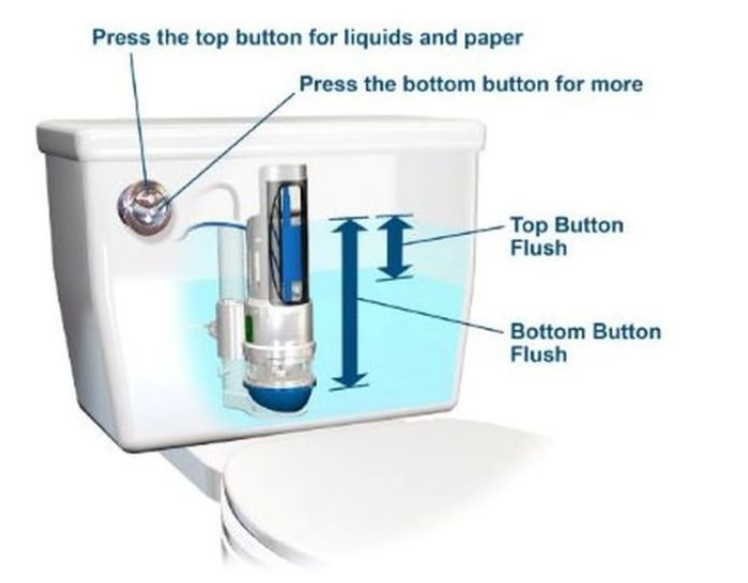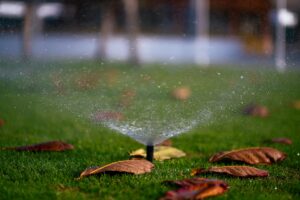On January 27, 2022, I wrote this letter and sent it to the superintendent and BOE of my district, hoping that they would change the school toilets:
Hello Dr. Bragen and BOE members,
In school, I notice a lot of water wastage, and majority of it happens from the school toilets. Why is this something that should concern my generation? According to UNICEF, by 2040, roughly 1 in 4 children worldwide will be living in areas of extremely high water stress. I will only be 32 years old by then. America itself is not immune to this water crisis. As per National Geographic within 50 years, half of the American freshwater basins will be unable to meet the consumer demand creating serious water shortages for Americans. Yet even today the average American uses around 156 gallons of water per day while In India it is 36 gallons and only 3 gallons in Mali.
It is time for us to view water as a precious commodity before we use the last drop. Perhaps the simplest solution is to use less water.
So, I propose that we replace the standard toilet flushes, with the Dual flush toilets in our school district. The American standard toilet uses 1.6 gallons of water per flush. The Dual flush toilets manage solid and liquid waste in two different ways: It allows the user to make a decision between how much water will be used to flush the waste. The user makes this choice based on the type of waste, using two different buttons.
Liquid waste can be flushed with .8 gallons of water while solid waste can be flushed with 1.6 gallons of water.
The Dual flush is a smarter toilet that conserves water.
Let’s see how the math will work out in the girl’s toilet. An average human flushes the toilet 5 times every day. For this example, let’s assume 1 time is for solid waste, and 4 times are for liquid waste. That means around 8 gallons of water are flushed by one single student per day, and 1440 gallons are flushed in the 180 instruction days per year per student. However, with the dual flush option, when we use the half flush (which is more convenient for liquid waste), we flush 0.8 gallons per use. This means 4.8 gallons are flushed by one single student per day, and approximately 864 gallons are flushed in the 180 instruction days per year per student. Thereby saving approximately 576 gallons every year (but of course, the number of times the half flush and the full flush is used by a person will vary). This small change alone gives us 40% savings!
Standard toilets use siphoning action, a method that employs a siphoning tube, to evacuate waste. A high volume of water enters the toilet bowl when the toilet’s flush fills the siphon tube and pulls the waste and water down the drain. When air enters the tube, the siphoning action stops. Dual flush toilets employ a larger trap way (the hole at the bottom of the bowl) and a wash-down flushing design that pushes the waste down the drain. Because there’s no siphoning action involved, the system needs less water per flush, and the larger diameter trap way makes it easy for waste to exit the bowl.
Here are some companies that sell Dual flush toilets:
1. American Standard H2Option Dual Flush Toilet- https://www.americanstandard-us.com
2. Drake Two-piece Elongated Dual Flush Toilet- https://www.totousa.com
3. For flushometer: https://www.sloan.com
The dual flush is universally adopted in Australia, Singapore, New Zealand, Israel, and many other countries including India. It is time for America to save water one flush at a time.
Sincerely,
Rhea Rawat, Grade 7
John Adams Middle School, Edison, NJ
Note : Blog originally posted on WIX : Mar 19, 2021


